How to Understand and Address Google Algorithm Updates
Google employees have recently announced that the upcoming Google Core Update is set to be released in the coming weeks. Understanding and addressing...
Read moreWe're heading into a new financial year - do you know how PPC can help grow your conversions? Find out how developments from Google and Bing will grow your brand.
With the new financial year fast approaching, now is the right time to look at how digital paid media can support your plans for revenue growth in 22/23. You might have already confirmed your paid media budgets, or you may still be deciding on those finer details, but how are you planning on making the most out of what you put into your paid media activity?
In my own world of PPC, there are plenty of new developments to help you build your pay per click revenue. Find out how you can maximise your budgets with these new opportunities!
First off is one straight from Google Ads. Google are testing a new style of ad descriptions where they are formatted as bullet points rather than block text. This new formatting can be used to showcase specific product or service information, USP’s or calls to action. It will also separate block text to differentiate each description, therefore highlighting these to potential customers.
We have recently noticed this with one of our clients, as displayed below: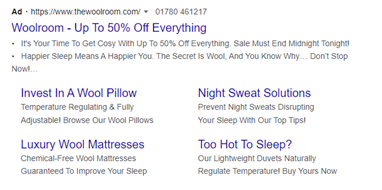
This new format has the benefit of being easier to digest and get information quickly, helping you write short, snappy copy that hits home with users.
Something else to spice up your SERPs now, as Google have recently rolled out a new experiment in which favicons are added next to the URL in ads. Due to emojis being listed as ‘invalid characters’ in Google’s advertising policy, favicons are an alternative option to allow a similar visual component become involved in text ads in a strategy to enhance user engagement and bring your visual branding to your ads! It is important to remember that favicons have to be set to the landing page of the site and can’t be setup separately per individual campaigns.
Favicons aim to increase recognition and association between the brand and the user’s search intention. The example below shows the user has searched for a takeaway food establishment. From this, the top serving ad from Uber Eats shows a Pizza favicon next to the URL, therefore instantly signalling to the user that food can be found in this text ad.![]()
Something simple like this stands out and may even raise a smile from users! It’s an opportunity to be creative and brighten up your ads.
It has been confirmed that Standard Shopping campaigns will be supported for the foreseeable future. Since Google has started taking away certain manual controls in a vast number of areas, it will be a big relief for advertisers who still rely on this. This news comes in relation to the new Performance Max campaigns that are replacing smart shopping this year, it allows advertisers to still make use of this shopping-specific campaign type alongside Performance Max.
We’ve already seen brilliant results from using Performance Max campaigns, achieving CPA reductions of 65%, and the continuation of standard shopping ads will allow advertisers to use these brilliant new campaign types alongside tightly controlled shopping ads.
However, advertisers will no longer be able to create new Smart Shopping or Local campaigns once Performance Max is enforced this summer as it will take on both Smart Shopping and Local campaigns. To allow more time for advertisers to test and adapt to this new practice, Google Ads is going to offer a self-service tool that will ease the transition of their campaigns over to Performance Max.
Now something for if Bing is your thing. Auto-apply recommendations are now generally available across Microsoft advertising and advertisers are automatically opted into all of the platform’s recommendation types, these being; Create ETAs, Create RSAs, Create Multimedia Ads, Remove Negative Keyword Conflicts and Fix Conversion Goal Setting Issue. Opting into these does not increase budgets, however the platform will still authorise changes to be made on your behalf, which will be deemed as appropriate by advertisers depending on their stance on this.
Advertisers will be able to view and apply scheduled recommendations that appear in the “scheduled to auto-apply” section of the recommendations page. The format of the cards in this section allows for ease of use through a text description of the possible issue and the date in which the recommendation will be implemented, and to allow further control of this action email notifications can be enabled for account managers. The change history page and clock icon are ways in which advertisers can observe the history of the recommendation changes that have been made within accounts.
Automation like this helps Bing users to ensure their ads are being shown to the right people at the right time, helping you spend less time tweaking those accounts and more on thinking about your strategy for the channel.
2022/2023 is set to be a challenging time for advertisers, with cost of living rising and users putting a lot more consideration into any purchases they make, both on or offline. By responding quickly to the new features and tech advancements Google, Bing and other paid media platforms are putting into action, you can achieve a competitive edge against your rivals and make your ads even more appealing to users.
Want to know how you can level up your PPC activity for the next year? Get in touch to speak to me and my colleagues about how we can help you grow your revenue through PPC.
More articles you might be interested in:
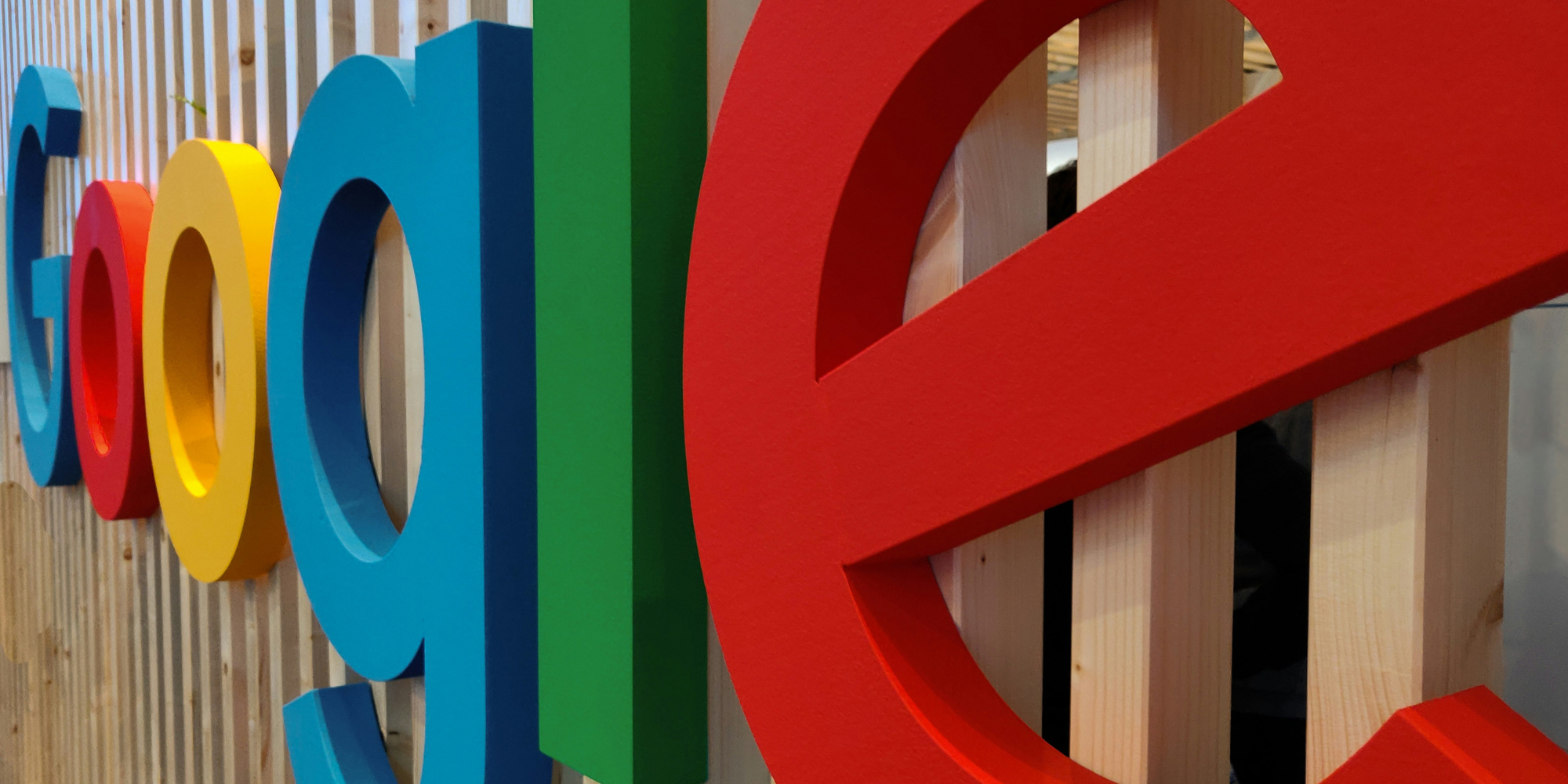
Google employees have recently announced that the upcoming Google Core Update is set to be released in the coming weeks. Understanding and addressing...
Read more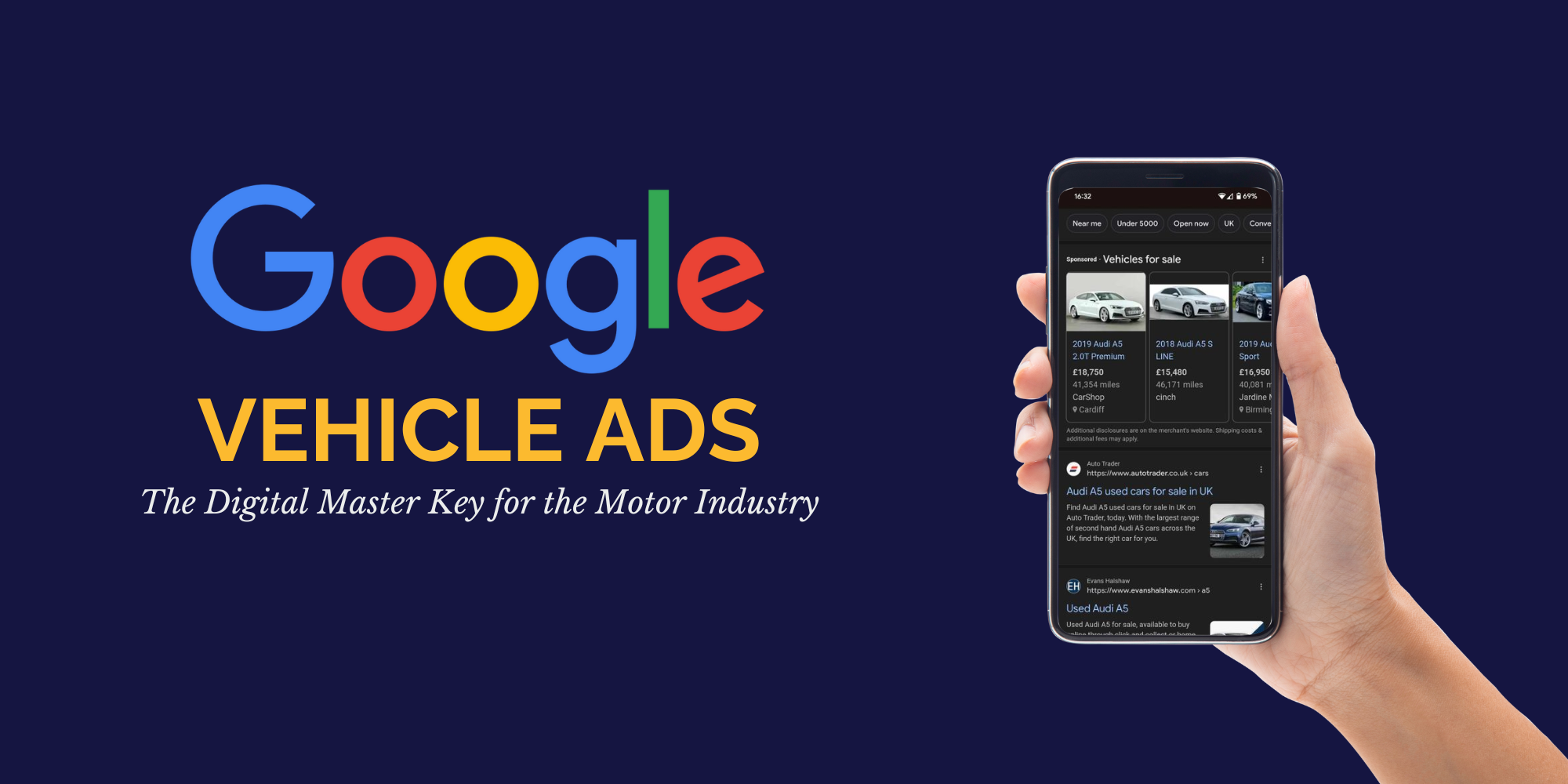
Advertising via Google is constantly evolving, and new ways to showcase your brand and business offering are regularly being rolled out. The latest...
Read more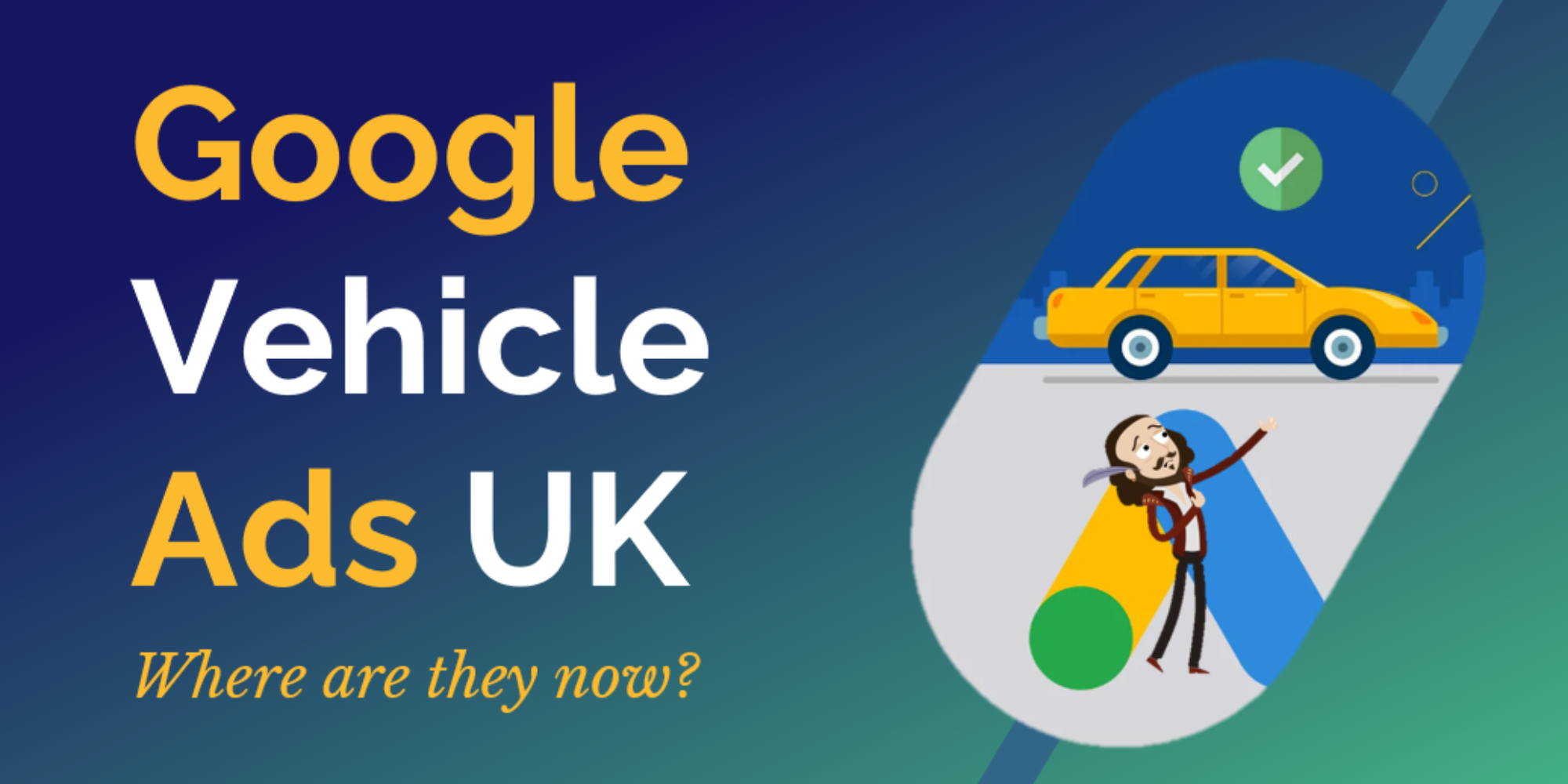
The UK market has been waiting with bated breath for Google’s Vehicle Ads release – so where is the update? Learn more.
Read more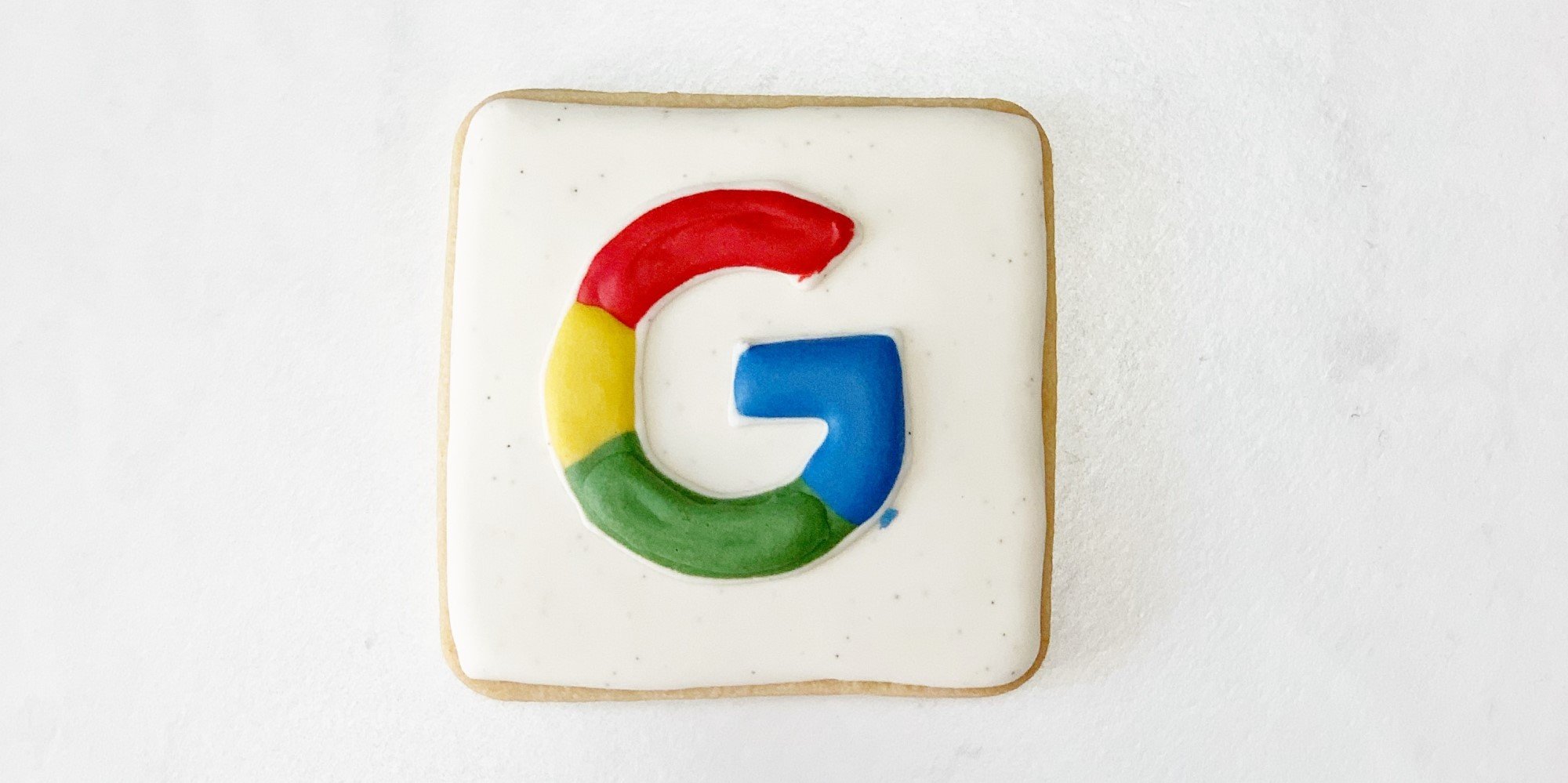
As Google turns 25, we’re taking a look back at our favourite Google moments. Which features have made the biggest impact on digital marketing on...
Read more
Performance Max is one of the easiest ways to tackle the full Google network, but are you maximising results? Dr. Dave Chaffey explores. Read more.
Read more
Google's change in guidance could transform the way content is created in the future, but how does it affect SEO and content creators going forward?
Read more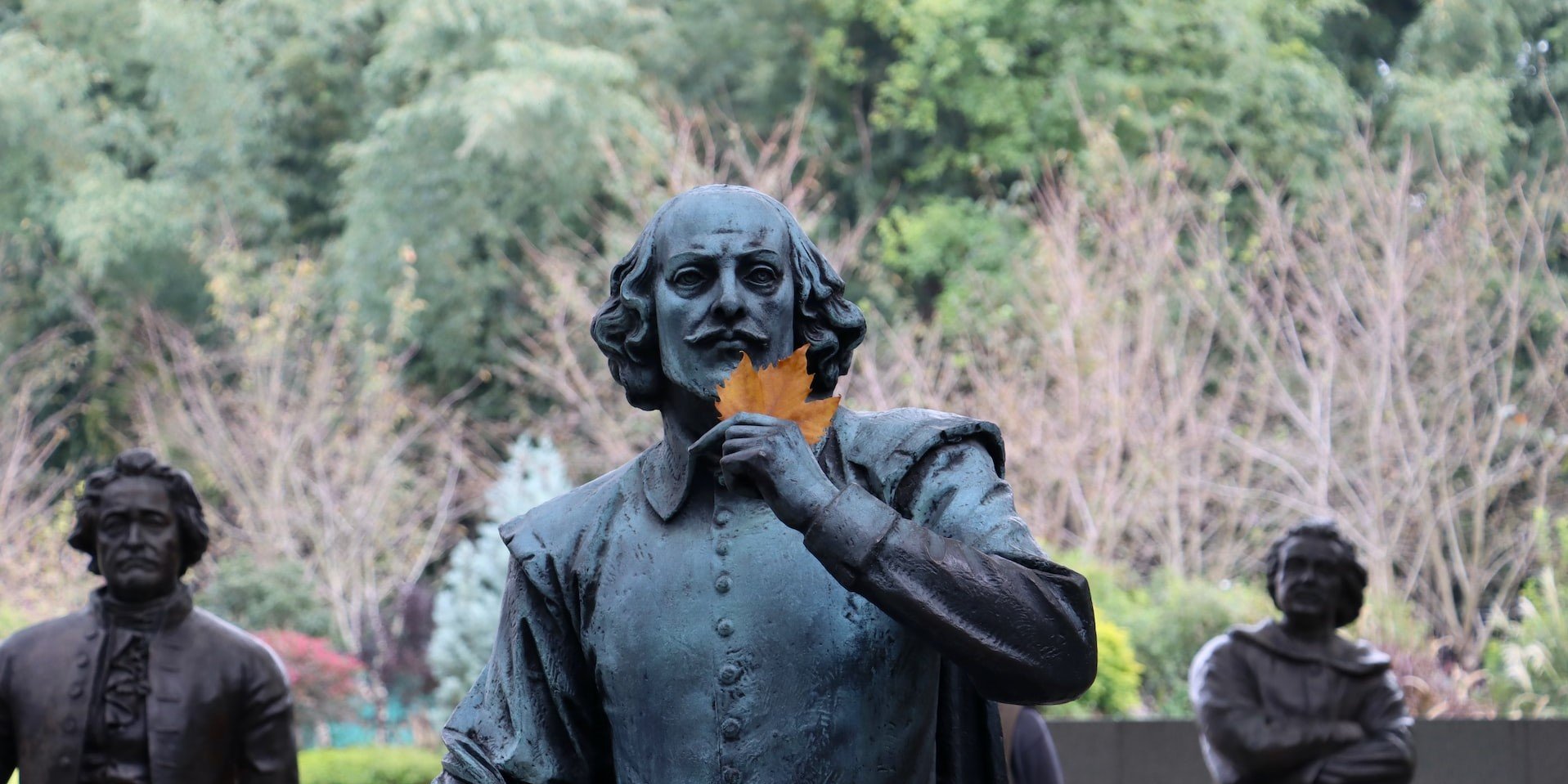
Google are launching their own chatbot to strengthen their AI capabilities, but what is it, and why is it exciting for searchers and SEOs alike?
Read more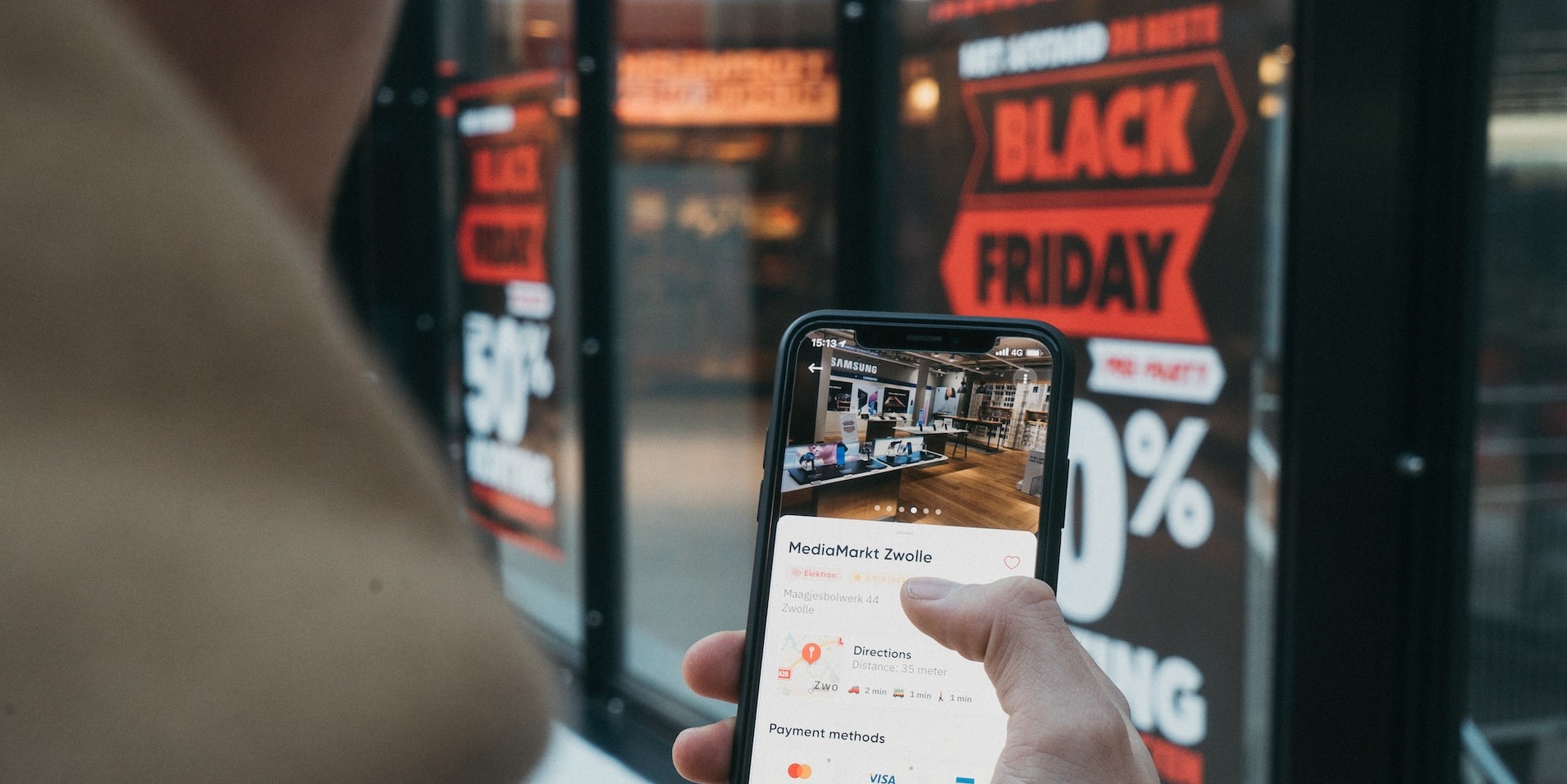
How did Black Friday 2022 look for our clients? Connor Hyslop reviews how this unprecedented peak period impacted our paid search performance
Read more